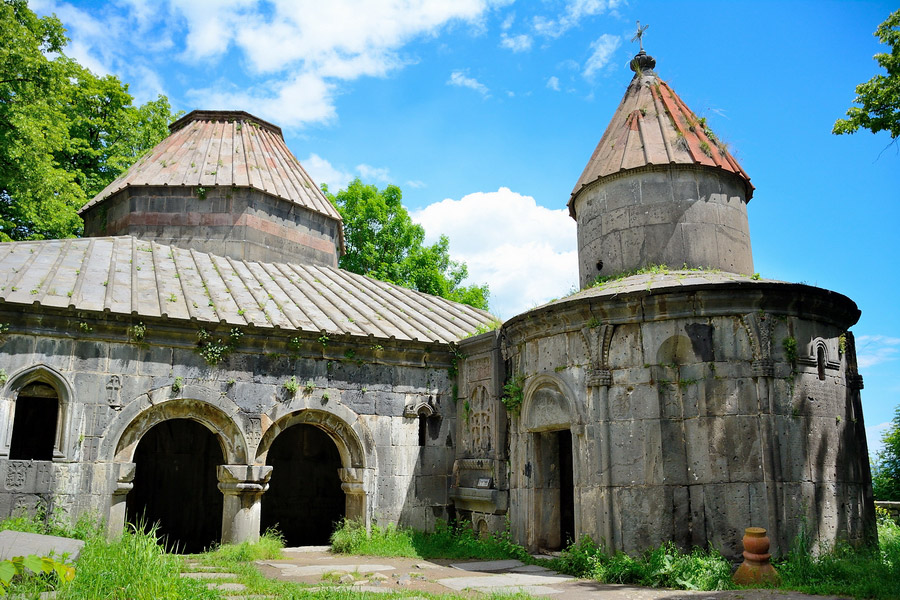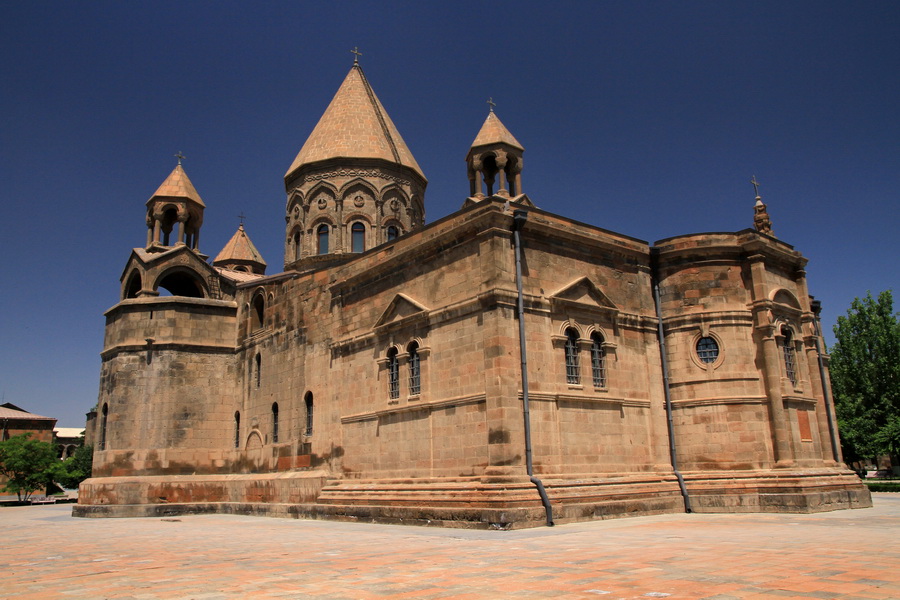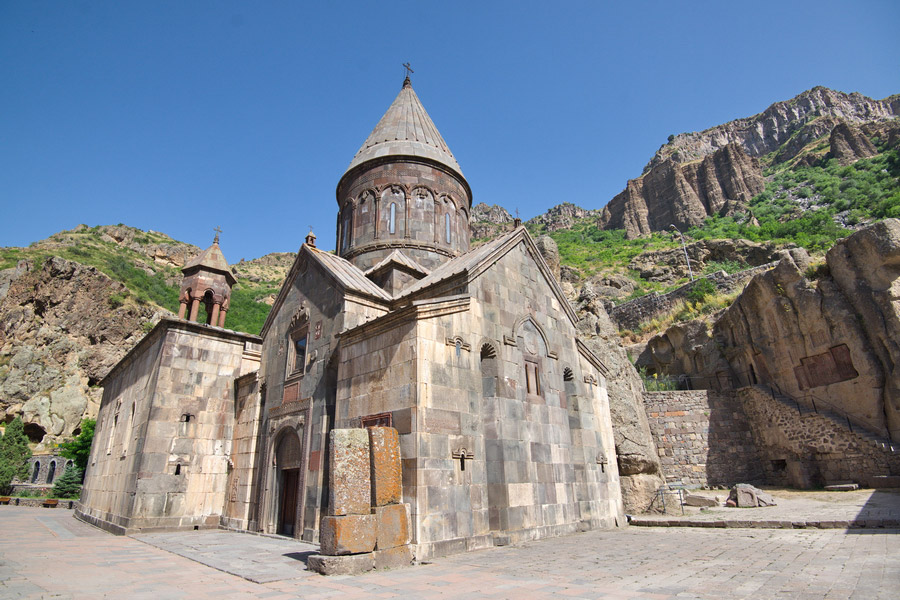UNESCO World Heritage Sites in Armenia

Armenia and UNESCO
As the first country to adopt Christianity in 301 AD, Armenia has a rich historical and cultural heritage. It became a member of UNESCO in 1992, and today, its UNESCO World Heritage Sites include Christian churches and monasteries, which are vital to the nation's development.
UNESCO World Heritage Sites
Armenia's UNESCO World Heritage Sites consist of
- Sanahin and Haghpat Monasteries (added to the list in 1996 and updated in 2000),
- Echmiadzin Cathedral and Temples, Zvartnots Archaeological Remains (inscribed in 2000)
- Geghard Monastery along with the Upper Azat Valley (inscribed in 2000).
Haghpat and Sanahin Monasteries

Built during the Middle Ages (10th-13th centuries), the Haghpat and Sanahin Monasteries served not only as religious centers but also as important educational institutions. They were places where calligraphy was taught and individuals learned the fundamentals of Christianity in preparation for baptism. The monasteries also house unique architectural elements, ancient frescoes, and medieval structures.
Haghpat Monastery holds special significance for Armenians, as it was here that Bishop Barsegh became Catholicos (the highest spiritual title) in the early 11th century. The monastery was also renowned for its extensive library, though unfortunately, only 12 editions have survived.
Sanahin Monastery was founded in the 4th century, but the oldest temple that still stands today was built in the mid-10th century. Many scholars and cultural figures resided at the monastery, which contributed to its status as a prominent educational center in medieval Armenia. The humanities were studied extensively within its walls.
Echmiadzin Cathedral and Zvartnots Temples

Founded in 303, Echmiadzin Cathedral is the primary temple of the Armenian Apostolic Church and the seat of the Armenian Patriarch. The cathedral houses unique Christian relics, including the spear that pierced Christ and a small fragment of Noah's Ark, which, according to legend, made its final stop on Mount Ararat. Also in Echmiadzin there is the Church of St. Gayane, the Temple of St. Ripsime, which were built no later than the VII century. The Shoghakat Temple, built at the end of the 17th century, is also on the UNESCO list.
Nearby lies the archaeological site of Zvartnots, containing the remnants of a medieval temple and its surroundings. Built in the 7th century, the church was not fully preserved due to a significant earthquake during the Middle Ages. Only exquisite architectural elements of the temple remain, discovered by archaeologists in the 20th century. This church, however, had a significant impact on Armenian temple architecture. Adjacent to the Zvartnots temple is an archaeological museum.
Geghard Monastery along and the Upper Azat Valley

The ancient Geghard Monastery, named after the spear that pierced Christ, houses several medieval churches and crypts of noble dynasties carved into the rock. These structures were built between the 4th and 13th centuries. Although buildings constructed before the 12th century have not been preserved in their original form, the monastery complex – complete with churches, chapels, and cells – remains a well-preserved example of a medieval monastery.
There have been no significant changes since the 13th century. Renowned medieval historians who contributed to the development of Armenian calligraphy once lived within the monastery grounds. The main church, Katoghike, is of particular interest. Built in the shape of an equilateral cross inscribed in a square, it housed the historic spear for five centuries before being transferred to Echmiadzin. Nearby, a holy water spring is believed to have healing properties. Along the banks of the Azat River, several ancient churches, tombs, picturesque cliffs, and ancient cross stones can be found.
Armenian cultural heritage sites on the tentative UNESCO World Heritage List
- The ruins of the ancient settlement of Dvin (added in 1995) include the remains of a palace built within the Armenian capital that once stood on this site in the 6th century BC. Other preserved artifacts can also be found here.
- The Yereruyk Basilica (added in 1995), constructed in the 4th-5th centuries, is one of the oldest Christian monuments in Armenia. Some of the temple's walls still stand today.
- The Noravank Monastery and upper reaches of the Amarou Valley (added in 1995) feature a monastery founded in the early 13th century, which consists of two churches, a chapel, and medieval cross stones (stones with carved crosses).
- The Tatev and Tatevi Metz Anapat Monasteries, along with the surrounding area of the Vorotan River Gorge (added in 1995), include the Tatev Monastery founded in the early 10th century and the Tatevi Anapat Monastery established in the 17th century by hermit monks. An underground passage once connected the two monasteries, both of which remain active.
Armenia's temples and monasteries have attracted pilgrims and tourists for nearly 18 centuries. The Haghpat, Sanahin, Geghard monasteries, and Echmiadzin churches are unique examples of Armenian architecture and culture. Be sure to enjoy the picturesque panoramic views during your visit.
Discover more about the intangible UNESCO World Heritage Sites in Armenia.


